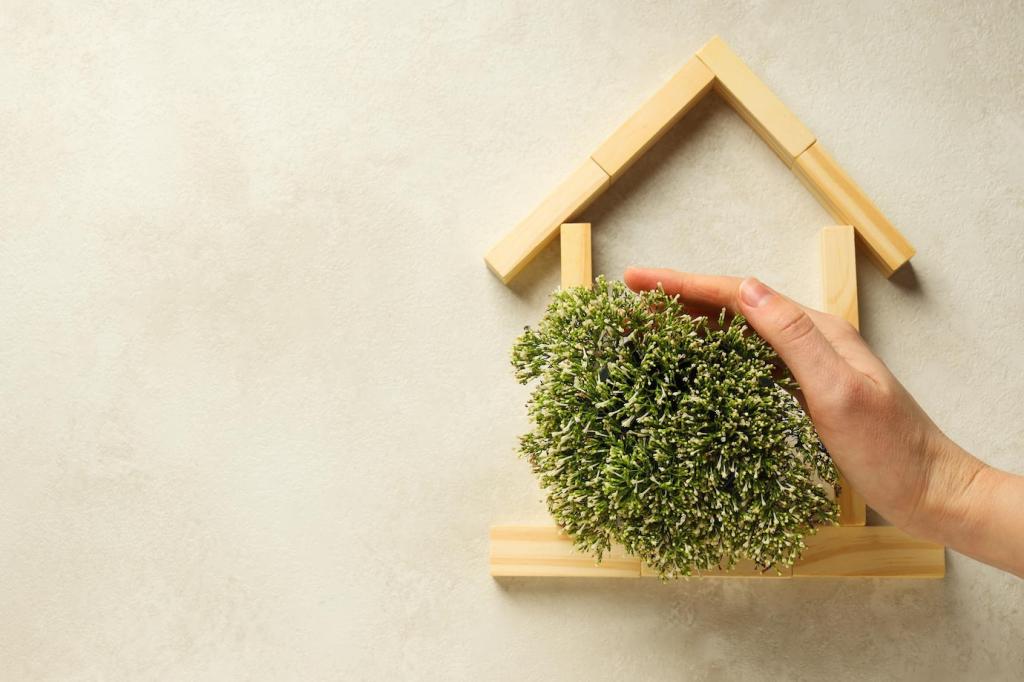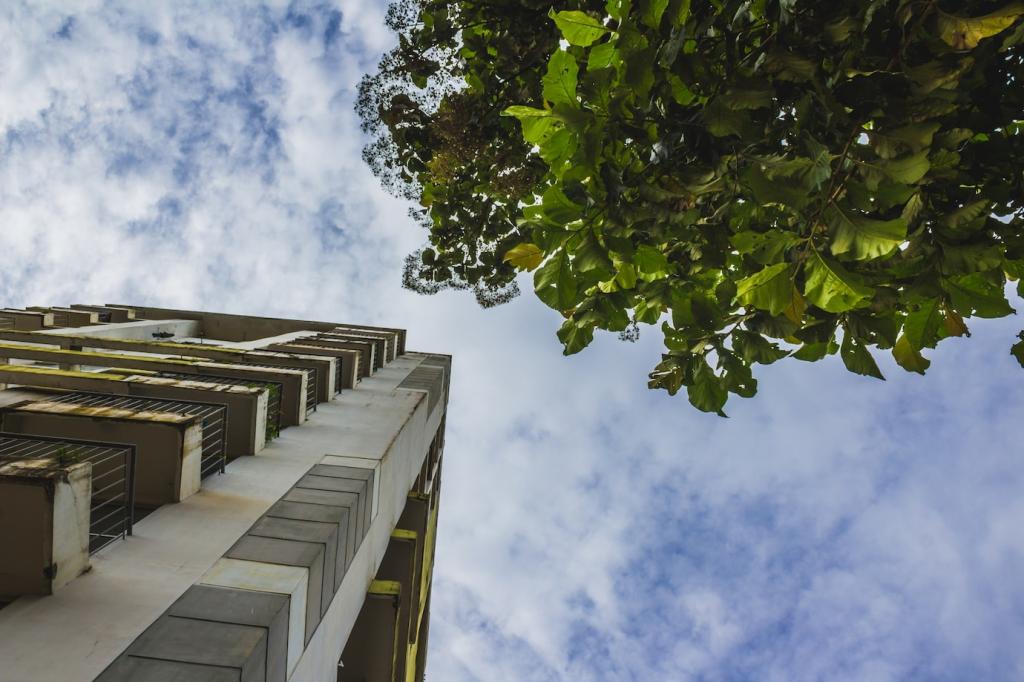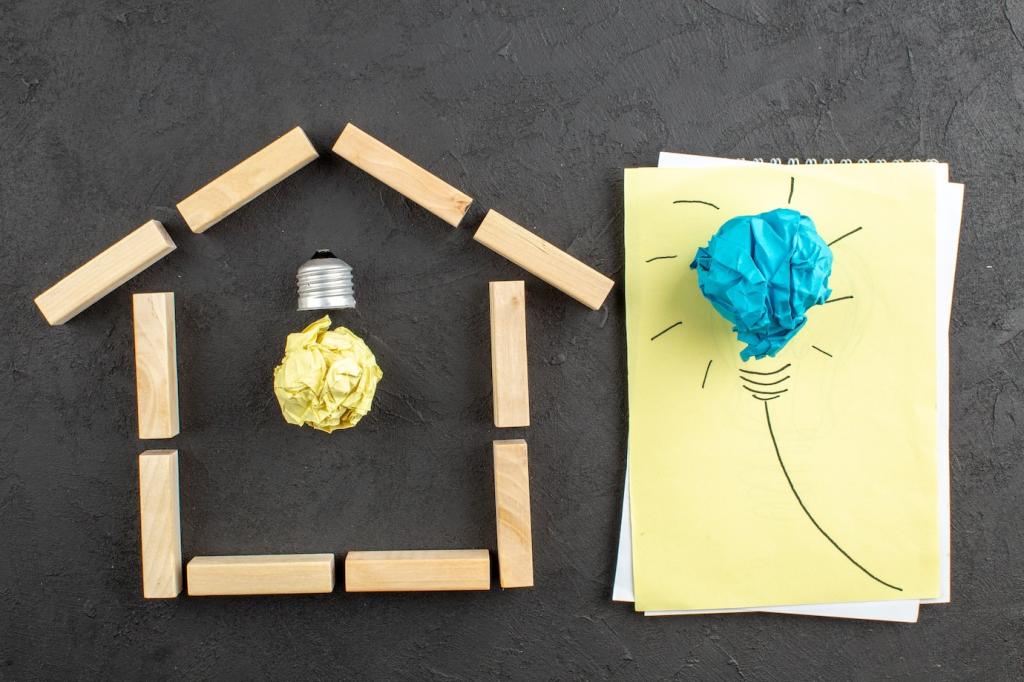Weekend Projects to Jump-Start Your Biodegradable Home
Mount cork tiles in a simple grid using low-tox adhesive dots or concealed fasteners. The transformation is instant: warmer acoustics, natural texture, and compostable tiles at end-of-life. Share a photo and your tile layout tips so others can replicate your technique with confidence and creativity in their own homes.
Weekend Projects to Jump-Start Your Biodegradable Home
Install a jute-backed linoleum runner in a hallway for durability and comfort underfoot. Finish edges with screw-in strips for easy removal later. This reversible installation showcases true circular design: strong performance today, clear recovery path tomorrow. Post your before-and-after and let us know which colorway brightened your space.






